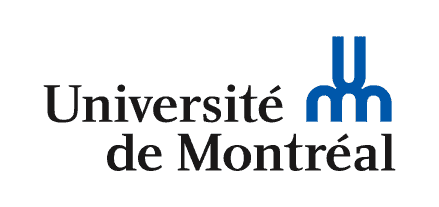

The philosophy of Stylo
In the print model, one becomes an author when one has published a book. In the digital model, one becomes an author when one is able to publishe structured documents.
Basic principles
Take advantage of the semantic skills of the author
Give the author back control over the structure and semantics of the text.
An editor which is:
- simpler: clear interface, fewer options, fewer features
- richer: markup, bibliographic management, metadata, multiple exports
- semantics: WYSIWYM
The print2digital model
| Authorial work | Semantic2graphic |
| Editorial work | Graphic2wellStructuredGraphic |
| Digital distribution | wellStructuredGraphic2semantic |
There is a problem here!
The print2digital model
| Authorial work | semantic competences | Semantic2graphic -> | graphic competences |
| Editorial work | graphic competences | Graphic2wellStructuredGraphic -> semantic competences | |
| Digital distribution | digital competences | wellStructuredGraphic2semantic -> | semantic competences |
The print2digital model
Practically
- Microsoft Word (without styles) -> a lot of semantic information lost
- Styling in Word (editorial board) -> a lot of time lost
- DTP in InDesign a lot of time and -> a lot of information lost
- Doc (or docx) to xml -> a lot of time and a lot of information lost
The problem is at the beginning of the process!
A new way of producing content
- Author -> semantic competences BUT no digital competences!
We need to create an editor which is:
- Simpler (less options, less fonctions, simpler interface)
- Semantic based (WYSIWYM)
- Richer (markup, URI, multiple outputs)
Stylo
- WYSIWYM
- Multiple markup systems (mouse select, shortcuts, markdown)
- Multiple outputs (eruditSchema xml, TEI, html, tex, pdf…)
- Multiple publications without loosing information (CMS, Érudit, InDesign)
A modular application
3 main modules + technical modules:
- Metadata Editor
- yaml
- DC, RDFa, Foaf, ScholarlyArticle, Google Scholar, Prism schema
- Controlled vocabulary
- Alignment with authorities (Rameau, Wikidata, LOC)
- Via the researchisidore API (Huma-num)
- Text editor with internal markup
- Markdown enriched
- others?
- Bibliographic Management
- BibTeX
- Api Zotero
- Conversion
- pandoc (to html, LateX, pdf)
- XSLT (to TEI-LOD, Erudite)
- Versioning
- git
- version comparator
- API
:::
Implementation
- Stylo is currently publishing the magazine Sens Public | sens-public.org
- Stylo will be deployed to six pilot journals as part of the Partnership Project Review 2.0 (Open Edition, Erudit, Human-num) | revue20.org
We need your feedbacks!
Roadmap: zotero synchronization, git synchronization, interchangeable editor module, editor ergonomics, simplified image management, standalone version
Demo
write: stylo.ecrituresnumeriques.ca
first steps: stylo-doc.ecrituresnumerique.ca
Thank you!
Presentation : vitalirosati.net/slides
to contribute: github.com/EcrituresNumeriques/stylo/
to write: stylo.ecrituresnumeriques.ca